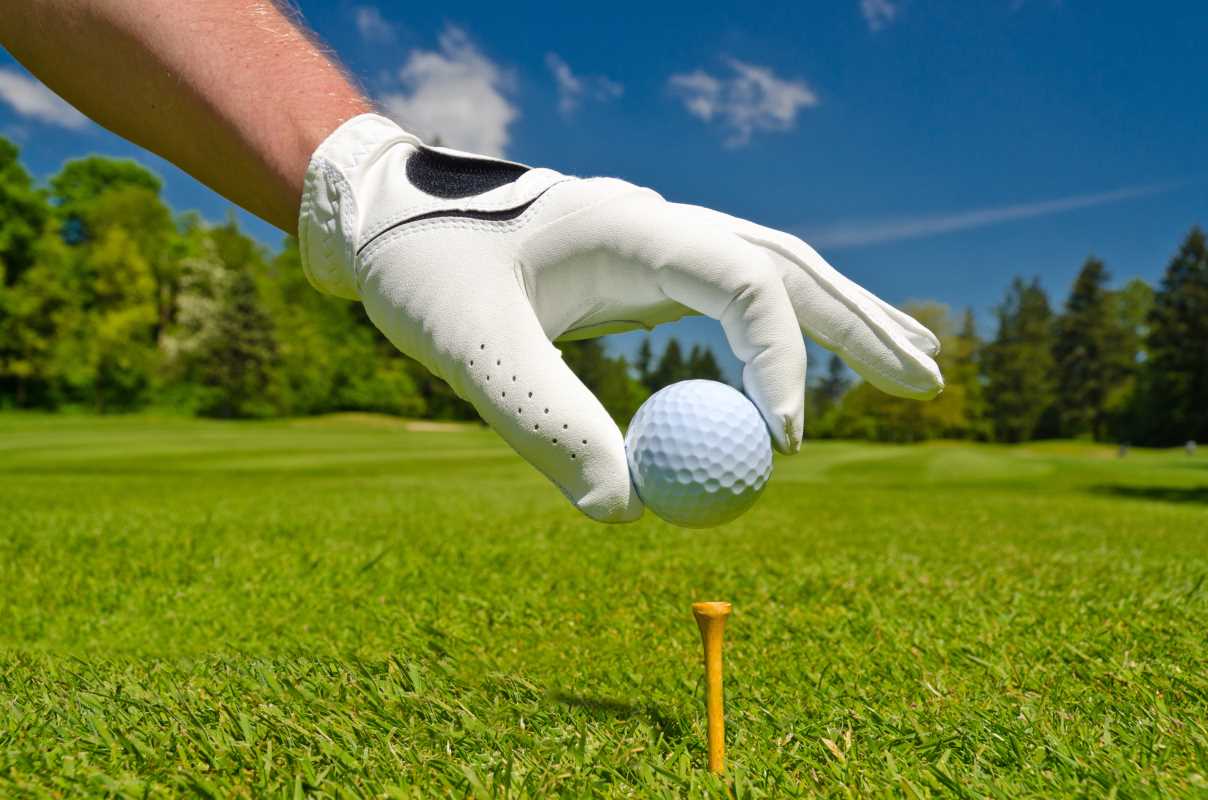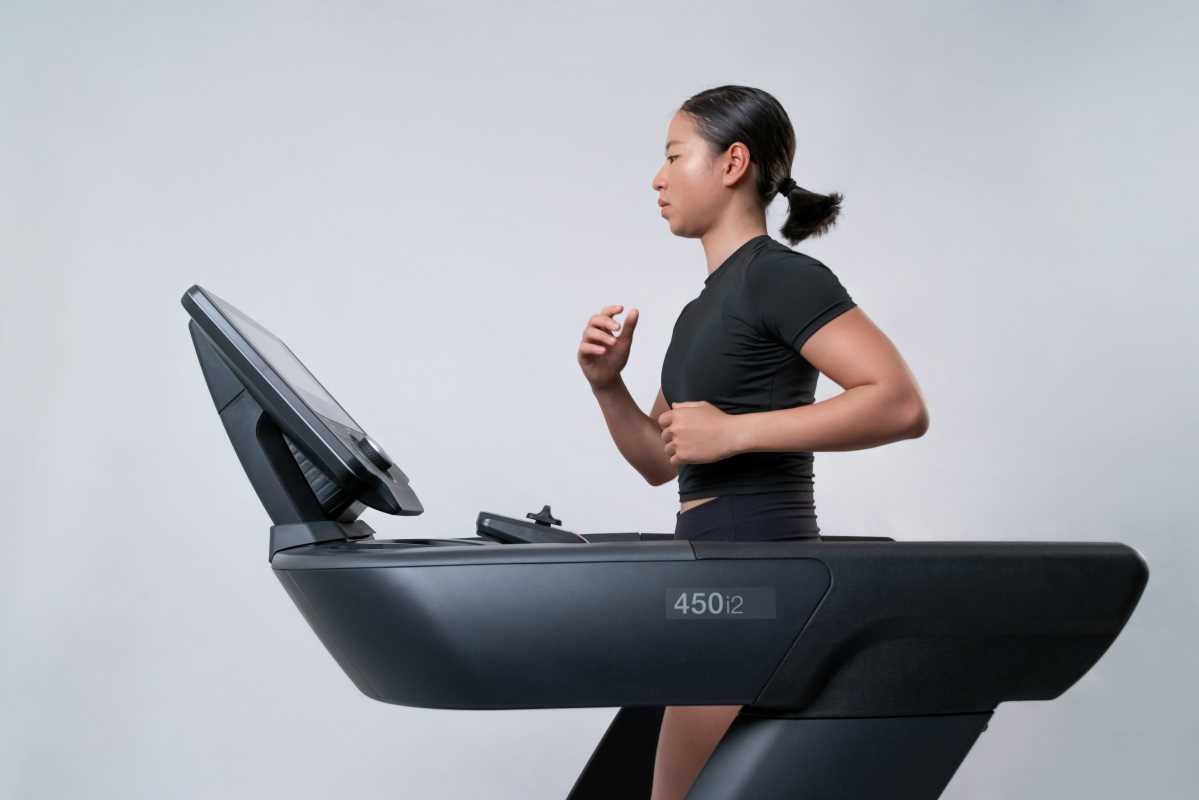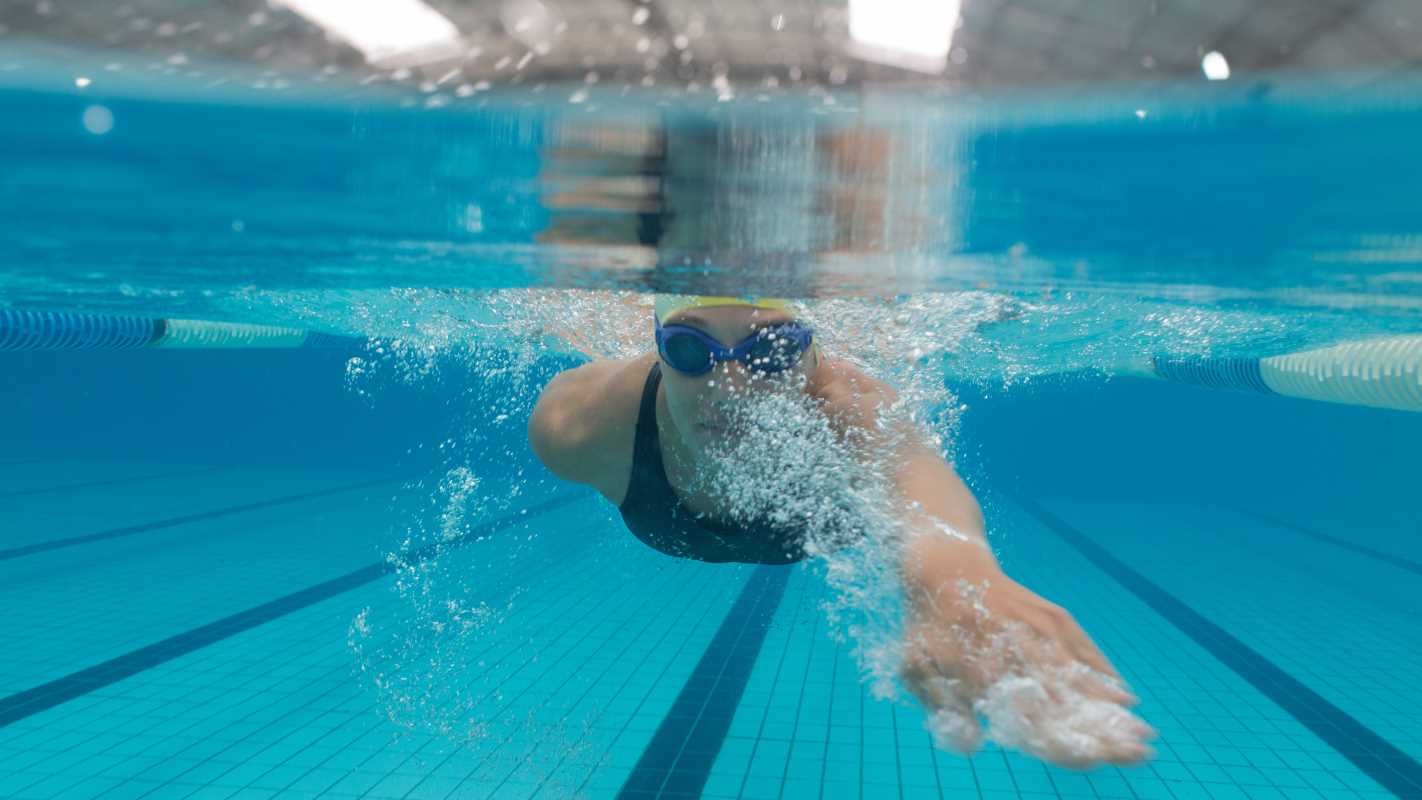Golfers who want to master both accuracy and power need more than natural skill; they rely on careful control of their body's movements for every swing. Subtle shifts in posture, muscle use, and timing can dramatically influence the outcome of a shot. By paying close attention to these details, players can make real progress on the course. Anyone willing to refine their technique and understand their body's mechanics can experience noticeable gains. Consistent practice with a focus on biomechanics unlocks the ability to play with greater confidence and achieve better results, no matter the level of experience.
Why Fine-Tuning Your Biomechanics Holds Critical Importance
- Refining your swing mechanics can unlock hidden potential, leading to more reliable shot accuracy without increasing effort.
- Understanding the body's natural movement patterns allows for personalized adjustments that optimize power transfer.
- Small biomechanical tweaks can prevent common issues like inconsistent contact or injury, extending playing years.
- Mastering these adjustments offers a competitive edge, especially in tight matches where fractions of a degree matter.
- Innovative techniques rooted in biomechanics help you adapt to varied course conditions and weather challenges seamlessly.
Practical Adjustments for Immediate Impact
- Swing Center Alignment (Custom Coaching Programs, 2022)
- Unique feature: Posture and stance tailored to individual body dimensions for an optimal swing path.
- Cost/Availability: ~$150 per session at specialized golf clinics.
- Insider tip: Align your spine angle with the target line to maintain consistency through impact.
- Dynamic Hip Rotation (Biomechanical Training Centers, 2021)
- Unique feature: Builds hip-turn explosiveness for more powerful drives.
- Cost/Availability: ~$200 for a series of sessions.
- Insider tip: Practice drills that initiate the swing with hips rather than arms for improved power transfer.
- Wrist Flexion Control (Advanced Golf Clinics, 2023)
- Unique feature: Improves clubface angle control for precise shot shaping.
- Cost/Availability: Included in premium lesson packages.
- Insider tip: Use slow-motion swings to monitor wrist angles and develop consistent muscle memory.
- Foot Pressure Distribution (Sports Science Labs, 2020)
- Unique feature: Balances weight transfer for stability and power during the swing.
- Cost/Availability: ~$250 for full gait and swing analysis.
- Insider tip: Add balance exercises to training routines to strengthen stance and improve pressure shifts.
- Follow-Through Path Optimization (Performance Coaching, 2022)
- Unique feature: Helps guide the body to complete swings along a consistent plane.
- Cost/Availability: ~$180 per session with a golf biomechanist.
- Insider tip: Practice with alignment sticks to visualize and refine follow-through trajectory.
Building Long-Term Consistency Through Biomechanics
While quick adjustments can deliver immediate results, the true value of biomechanics lies in building a foundation for long-term consistency. Many golfers see improvements during a lesson but struggle to carry them onto the course because old habits resurface under pressure. By incorporating biomechanical principles into regular practice, players can gradually rewire movement patterns until they become second nature. For example, pairing slow-motion drills with real-time feedback tools helps ingrain proper posture and alignment, reducing the tendency to revert to compensations when fatigue or nerves set in. Equally important is strength and flexibility training that supports these mechanics—core stability, hip mobility, and shoulder rotation directly influence swing repeatability and injury prevention. Developing this physical foundation ensures that biomechanical tweaks don’t just “stick” but also evolve with the golfer’s body over time. A consistent feedback loop—practice, measurement, adjustment—becomes the key to sustainable improvement. Rather than chasing one-off swing fixes, golfers cultivate an adaptable, reliable technique that holds up across different courses, weather conditions, and competitive settings. In this way, biomechanics doesn’t just fine-tune performance for today’s round but also secures confidence, resilience, and control for seasons to come.
Understanding the Technology Behind These Adjustments
- High-speed cameras capture swing nuances, enabling precise feedback on body movements.
- Motion sensors provide real-time data on joint angles and muscle engagement during swings.
- Force plates measure pressure shifts, helping athletes optimize weight transfer and stability.
- Software tools analyze biomechanical metrics, offering personalized recommendations for improvement.
- Wearable devices track movement patterns over time, highlighting consistent issues and progress.
Targeted adjustments to golf biomechanics improve performance and extend playing longevity. Using technology and expert guidance helps golfers make their swings more efficient and consistent.
 (Image via
(Image via





